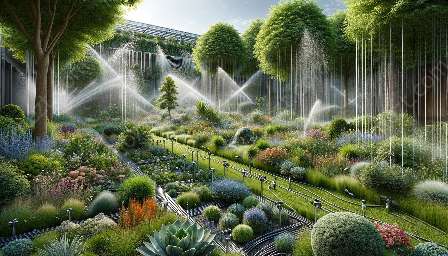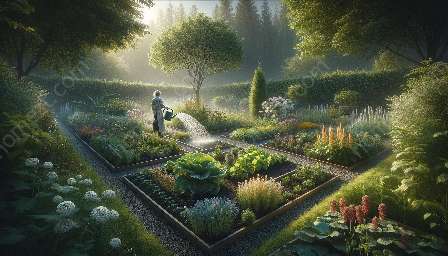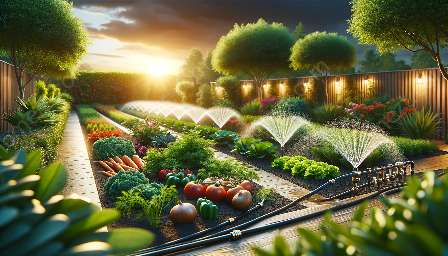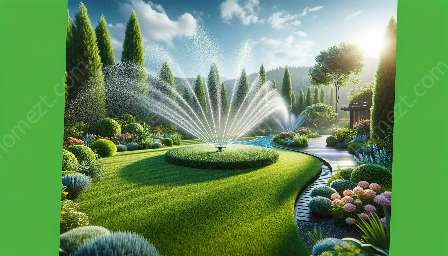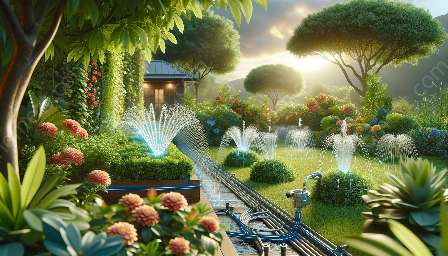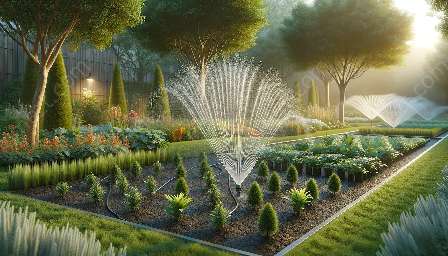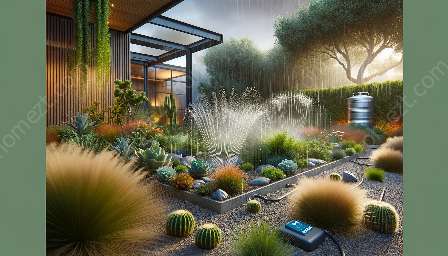Watering newly planted areas is a crucial aspect of gardening and landscaping, as it directly impacts the health and growth of plants. Proper watering techniques play a significant role in ensuring that the newly planted areas thrive and flourish. In this comprehensive guide, we will delve into the best practices for watering newly planted areas, exploring the importance of efficient watering and its compatibility with gardening and landscaping.
Understanding the Importance of Watering
Before delving into the techniques of watering newly planted areas, it's essential to understand why proper watering is crucial for the health of the plants. Water is an essential element for plant growth, as it facilitates nutrient uptake and supports various physiological processes within the plants. Insufficient or excessive watering can lead to stress, diseases, and even plant death, making it imperative to apply the right watering techniques.
Factors Affecting Watering
Several factors influence the watering requirements of newly planted areas, including the type of soil, plant species, climate, and time of year. Understanding these factors is vital in determining the most suitable watering approach for different areas within the garden or landscape.
Best Watering Techniques
1. Deep Watering
Deep watering involves applying water to the root zone of the plants, encouraging deep root growth and making the plants more resilient to drought conditions. This technique is particularly beneficial for newly planted areas, as it promotes stronger root systems and overall plant health.
2. Drip Irrigation
Drip irrigation systems provide a controlled and efficient way to deliver water directly to the plant roots. This method reduces water wastage and ensures that the plants receive a consistent water supply, making it an ideal choice for newly planted areas and sustainable gardening practices.
3. Mulching
Applying a layer of mulch around newly planted areas helps to conserve soil moisture and regulate soil temperature, reducing the frequency of watering required. Mulching also prevents weed growth and protects the plants from extreme weather conditions, making it an effective technique for maintaining optimal soil moisture levels.
Compatibility with Gardening and Landscaping
The proper watering of newly planted areas is directly compatible with gardening and landscaping, as it serves as a foundational practice for nurturing healthy and thriving plants. By incorporating efficient watering techniques, gardeners and landscapers can ensure the success of their newly planted areas, contributing to the overall beauty and vitality of the garden or landscape.
Conclusion
Watering newly planted areas is an essential aspect of gardening and landscaping, and implementing effective watering techniques is crucial for the long-term health and vitality of the plants. By understanding the importance of proper watering and adopting suitable techniques, gardeners and landscapers can create flourishing and sustainable environments within their garden or landscape.

